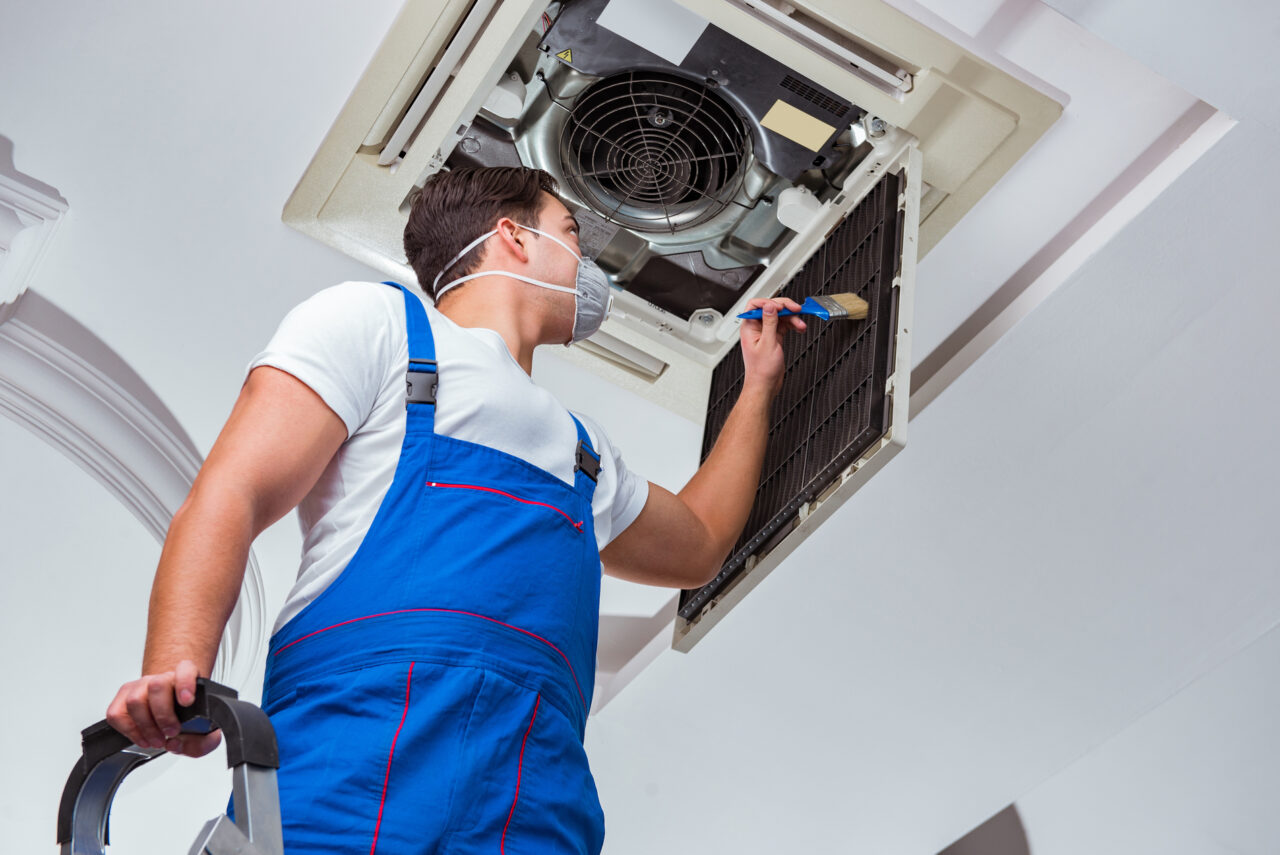Picking a suitable HVAC system for the house can feel overwhelming, especially with so many options and technical features to evaluate. Regardless of whether you are erecting a brand new house, renovating, or merely aiming to upgrade your current system, comprehending the meaning of HVAC and how it works is crucial. HVAC denotes heating, air flow, and cooling, and it plays a crucial role in maintaining the comfort of your home year-round. This beginner's guide will guide you through the main elements of HVAC systems, common problems and their resolutions, and care advice to keep your system running efficiently.
As you explore the multiple categories of HVAC systems that are offered, you will discover that they each feature unique features and benefits. From classic central air systems to up-to-date ductless mini-splits and geothermal heat pumps, the selections can be daunting. Comprehending how different systems impact energy efficiency and indoor air quality can help you choose wisely that addresses your comfort needs but also suits your budget. By the end of this write-up, you will be armed with valuable knowledge to select the ideal HVAC solution for your residence and have a comfortable living environment year-round. spintax ### Understanding HVAC Units
HVAC refers to Heating, Air Flow, and Air Conditioning, the three main components that ensure providing indoor comfort. An HVAC system regulates climate, moisture, and air purity throughout home and business spaces. Understanding the functions of these components is crucial for selecting the right system for your house or commercial entity. Heating systems consists of various approaches to warm indoor spaces, while air conditioning chills and reduces humidity in the air. Airflow ensures a continuous stream of new air to maintain a healthy setting.
An HVAC system typically includes a heating unit or warmth generator for heating, an cooling system for cooling, and air distribution channels or alternative means of circulating conditioned air throughout the space. Modern systems may additionally include connected thermostats, air filters, and dampness regulation features, that improve both comfort and energy efficiency. By enhancing these components, residents can achieve a satisfying living space while minimizing energy bills.
Moreover, grasping the interplay of these components can aid in diagnosing common issues and making educated decisions about care and upgrades. Regular care and prompt repairs are essential to lengthening the lifespan of an HVAC system. As technology progresses, latest innovations emerging within the HVAC industry suggest better efficient energy use and enhanced indoor air quality, providing further benefits to health and satisfaction in residential environments and commercial spaces as well.
Typical HVAC Issues and Resolutions
A of the most frequent problems householders face with their HVAC systems is inadequate heating or cooling. This problem can arise from several sources, including a filthy air filter, which restricts airflow and reduces efficiency. A different potential cause is incorrectly sealed ductwork, which can lead to considerable energy waste. To address this problem, begin by checking and replacing air filters periodically, and check ductwork for any leaks that demand sealing.
Another prevalent issue is the odd noises coming from the HVAC unit, such as rattling, thumping, or hissing. These sounds can suggest technical problems or unsecured components. The first step is to ensure that mounting brackets and screws are tight. If the sounds continue, it may be necessary to reach out to a certified technician who can diagnose and resolve underlying mechanical issues competently.

Lastly, a defective thermostat can lead to significant discomfort and energy inefficiency. If your HVAC unit is running all the time or not responding to temperature changes, recalibrating or replacing the thermostat could be a feasible solution. Smart thermostats provide additional benefits, such as programming features and remote access, helping homeowners improve their heating and cooling settings while possibly lowering energy bills.
Energy Efficiency and Care Tips
To confirm your HVAC system operates efficiently, one of the primary approaches is regular maintenance. Arranging seasonal tune-ups can help identify likely problems before they worsen, making sure that your system operates smoothly throughout the seasons. A certified technician can clean the coils, inspect refrigerant levels, and inspect other critical components, which can enhance enhanced performance and longevity of your system.
Additionally, being aware of your thermostat settings can significantly impact your energy bills. During winter, setting your thermostat a few degrees lower while dressing in warmer clothing can save on heating costs. In summer, adjusting the temperature a few degrees can lower air conditioning expenses while still keeping your home comfortable. Think about investing in see here now that intelligently adjusts according to your schedule or the weather, maximizing energy use.
In conclusion, improving your home’s insulation and sealing air leaks can make a significant difference for your HVAC efficiency. Insulating walls, attics, and ductwork reduces energy loss, while weatherstripping windows and doors prevents conditioned air from escaping. By taking these steps, you not only enhance the comfort of your home, but also create a more energy-efficient environment, leading to lower utility bills and a smaller carbon footprint.
